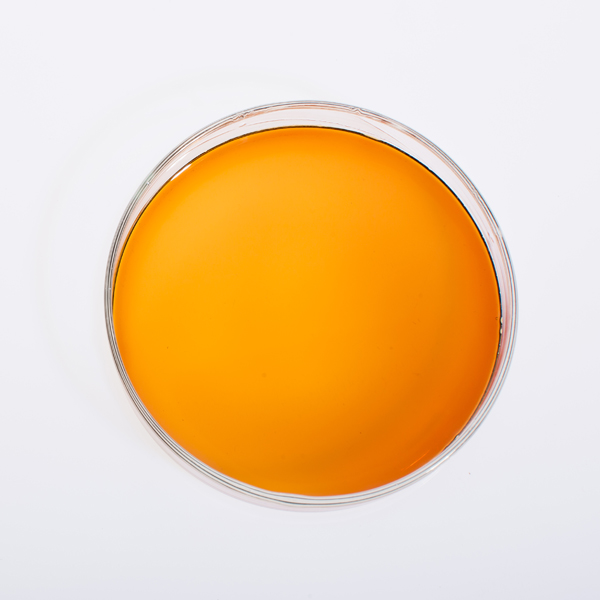
News
Aug . 13, 2024 11:32 Back to list
Exploring the Benefits of Custom Natural Chelants for Enhanced Agricultural and Industrial Applications
Custom Natural Chelants A Sustainable Approach to Metal Ion Binding
In recent years, the field of green chemistry has witnessed a surge in interest surrounding sustainable alternatives to traditional chemical agents. Among these alternatives, custom natural chelants have emerged as a focal point due to their environmentally friendly properties and potential applications in various industries. This article explores the significance of custom natural chelants, their benefits, and their promising applications in agriculture, water treatment, and medicine.
Chelation is a chemical process where a molecule binds to metal ions, effectively removing them from solutions or stabilizing them for various purposes. Traditionally, synthetic chelating agents, such as EDTA (Ethylenediaminetetraacetic acid), have dominated this field. However, these synthetic alternatives often pose environmental and health risks. Consequently, there is an increasing demand for custom-made natural chelants derived from renewable resources.
Custom natural chelants are typically derived from natural sources such as plants, fungi, and microbes. These chelators are composed of organic compounds that have the inherent ability to bind metal ions, facilitating their transport and bioavailability. Natural chelants differ significantly from their synthetic counterparts, as they tend to be biodegradable, less toxic, and more compatible with living systems.
One significant advantage of using custom natural chelants is their ability to improve nutrient availability in agriculture. Soil often contains a variety of metal ions essential for plant growth, such as iron, zinc, and manganese. However, these nutrients are not always readily available for plant uptake due to their binding forms in soil. Custom natural chelants can effectively solubilize these nutrients, enhancing their bioavailability and improving soil health. For example, chelants derived from citric acid or humic substances can help solubilize iron, allowing plants to access this vital nutrient more easily, thereby promoting healthier growth and increasing crop yields.
custom natural chelant

In addition to agricultural benefits, custom natural chelants play a crucial role in water treatment processes. Heavy metal pollution is a pressing environmental issue, adversely affecting ecosystems and human health. Traditional methods for removing heavy metals from water often involve the use of harsh chemicals, which may not be eco-friendly. Custom natural chelants offer a sustainable solution by binding and sequestering harmful metal ions, facilitating their removal from water sources. For instance, plant-based chelators can effectively treat contaminated water without introducing additional pollutants, contributing to cleaner and safer water supplies.
Furthermore, in the field of medicine, custom natural chelants are garnering attention for their potential therapeutic applications. Metal ion imbalances in the body can cause a range of health issues, from toxicity to impaired enzyme function. Natural chelants derived from certain herbs or biological sources can act as therapeutic agents by detoxifying heavy metals and restoring essential metal ion balance. This approach offers a holistic method for treating conditions associated with metal toxicity, promoting overall health without the side effects commonly associated with synthetic chelating agents.
The versatility of custom natural chelants is further amplified when considering their ability to be tailored for specific applications. By modifying the source material or the extraction process, it is possible to create chelants with unique properties suited for targeted uses, enhancing their efficacy in binding specific metal ions.
In conclusion, custom natural chelants represent a promising avenue in the quest for sustainable chemical alternatives. Their roles in agriculture, water treatment, and medicine underline their versatility and eco-friendly nature. As research continues to unveil their potential, the adoption of custom natural chelants could revolutionize various industries, promoting environmental sustainability and human health while mitigating the drawbacks of synthetic chelating agents. Embracing these natural solutions is not only a step towards greener chemistry but also a commitment to a healthier planet.
-
Polyaspartic Acid Salts in Agricultural Fertilizers: A Sustainable Solution
NewsJul.21,2025
-
OEM Chelating Agent Preservative Supplier & Manufacturer High-Quality Customized Solutions
NewsJul.08,2025
-
OEM Potassium Chelating Agent Manufacturer - Custom Potassium Oxalate & Citrate Solutions
NewsJul.08,2025
-
OEM Pentasodium DTPA Chelating Agent Supplier & Manufacturer High Purity & Cost-Effective Solutions
NewsJul.08,2025
-
High-Efficiency Chelated Trace Elements Fertilizer Bulk Supplier & Manufacturer Quotes
NewsJul.07,2025
-
High Quality K Formation for a Chelating Agent – Reliable Manufacturer & Supplier
NewsJul.07,2025
